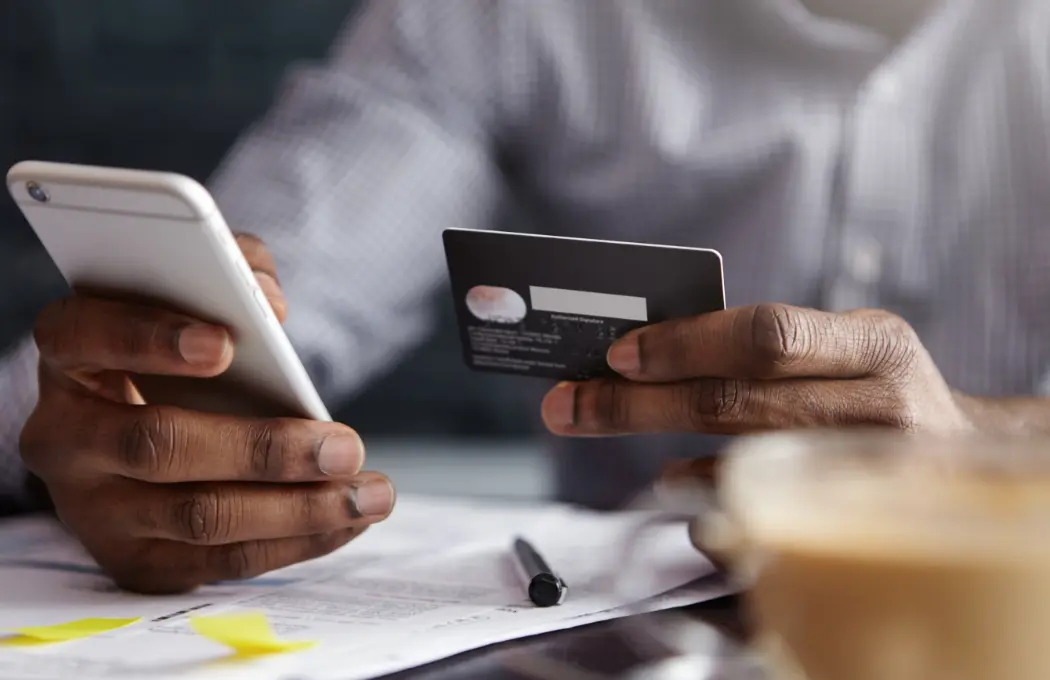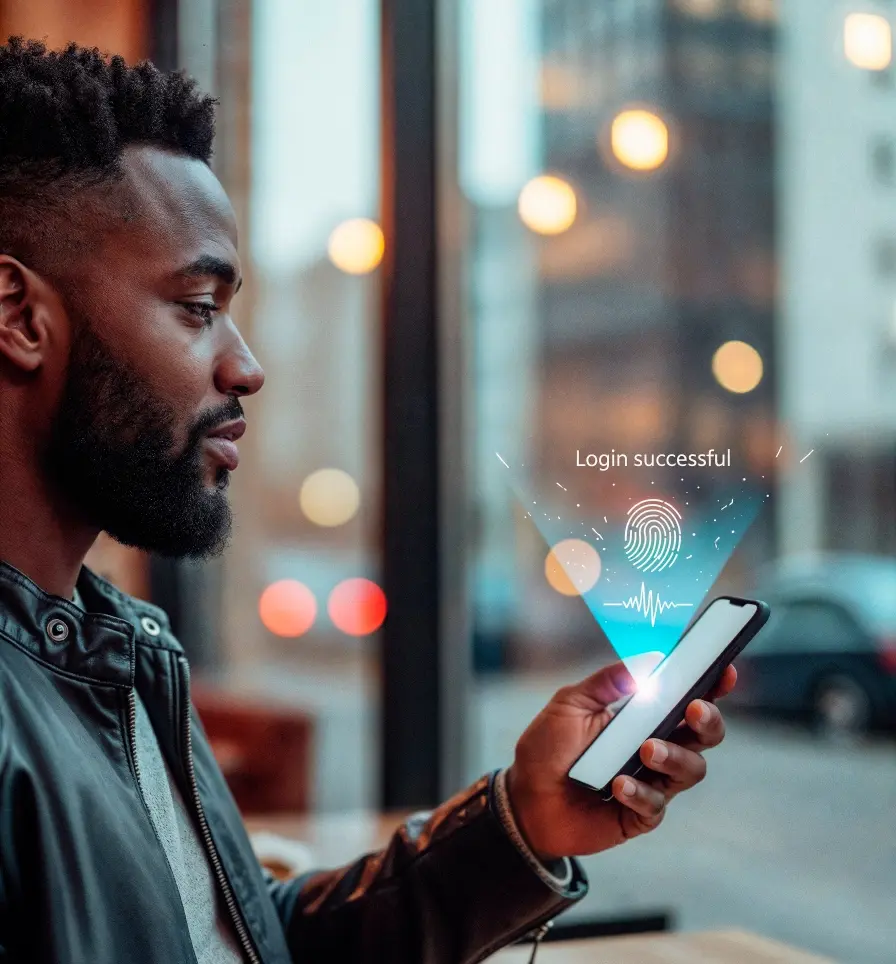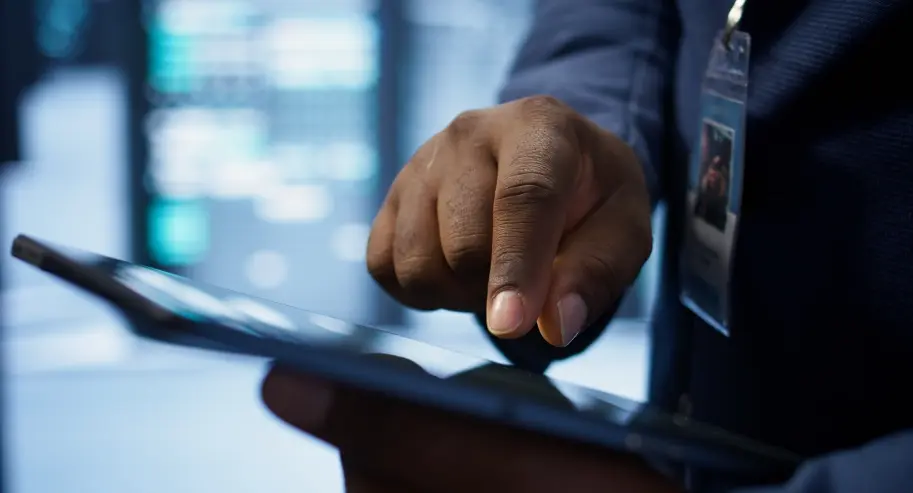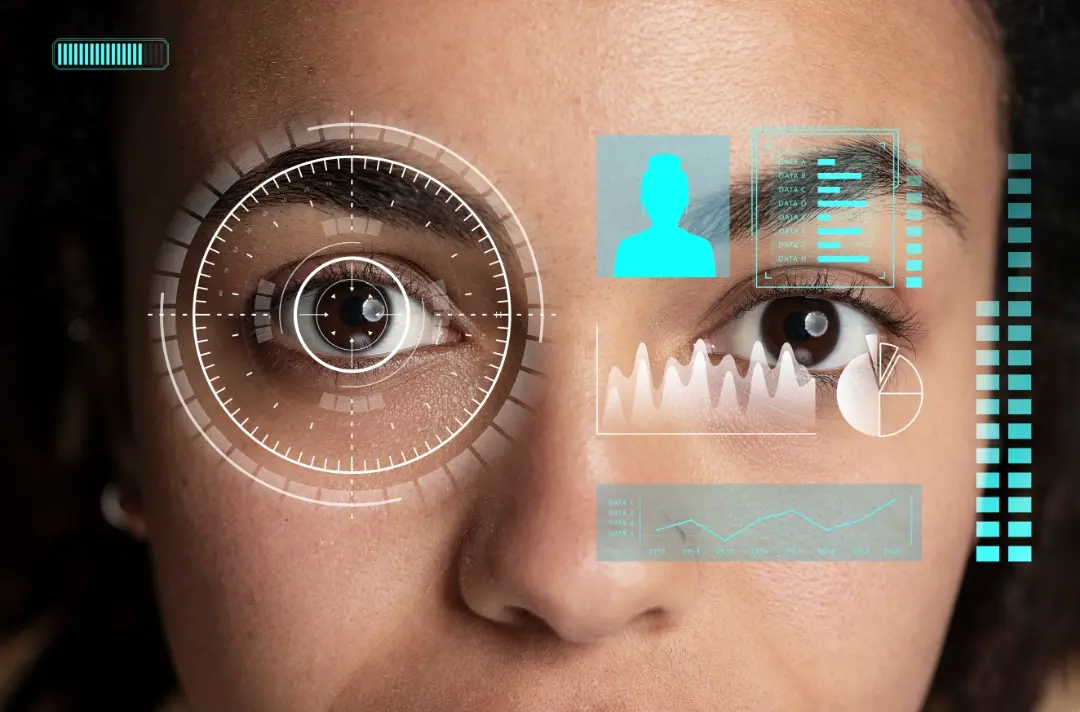Introduction
The digital era has made mobile banking and online payments more common than ever. As these services become part of everyday routines, protecting users’ financial and personal information is essential. Biometric authentication provides a smart solution by confirming identity through unique physical traits such as fingerprints, facial features, or voice patterns. Instead of remembering complicated passwords or PINs, you can simply use your fingerprint or face scan to log into your bank app. This not only saves time but also adds an extra layer of protection.
Biometric authentication makes online banking both safe and convenient. It allows users to access their accounts and make payments quickly without worrying about passwords being stolen. In simple terms, it provides strong security while keeping things easy and comfortable for users.
What does biometric authentication mean?
Biometric authentication is a way of confirming a person’s identity using their unique physical or behavioral traits which only belong to them.
Instead of typing a password or PIN biometric systems use your unique body features or behaviors to make sure you are really the one trying to access your account or device.
For example:
When you unlock your phone with your fingerprint, that’s biometric authentication. When you also use Face ID to sign in, your phone scans your face’s shape to confirm it’s you.
Some banks even use voice recognition during phone calls to identify customers. The main idea is that it’s much safer and more convenient because your body traits are unique, hard to fake, and you can’t forget them like a password.
Common types of biometric identifiers include:
- Fingerprint Scanning: Analyzes the unique ridges and patterns on your fingertips.
- Facial Recognition: Scans facial features like the distance between eyes, jaw shape, and skin texture.
- Voice Recognition: Identifies users by their voice’s tone, pitch, and speech patterns.
- Iris/Retina Scanning: Examines the intricate patterns in your eyes. While highly accurate, this method is less common in everyday mobile banking and is mostly used in high-security contexts, such as government or enterprise systems.
- Behavioral Biometrics: Monitors patterns like typing, swiping, or even walking to identify users.
These identifiers are difficult to duplicate, making biometrics one of the most secure and user-friendly methods of authentication.
Why Mobile Banking Needs Biometrics
Mobile banking apps handle millions of sensitive transactions daily, involving personal and financial data that must be protected from fraudsters and hackers.
Traditional methods such as passwords or PINs have major weaknesses they include:
- Phishing attacks: Fraudsters trick users into revealing their credentials through fake emails or messages.
- Data breaches: Hackers can steal password databases from companies and sell them on the dark web.
- Weak or reused passwords: Many users reuse simple passwords across multiple platforms, making them easy targets.
Biometric authentication eliminates these vulnerabilities by tying access directly to the user’s physical identity. A fingerprint or facial scan cannot be guessed, forgotten, or stolen as easily as a password. Even if a criminal gains access to your phone, they cannot perform a transaction without your biometric confirmation.
How Biometrics Enhance Mobile Transaction Security

1. Stronger Identity Verification
Biometrics confirms that the person making the transaction is indeed the authorized user. For example, when approving a bank transfer, your face or fingerprint must match the data stored in your device. This helps prevent unauthorized access from lost or stolen phones.
2. Reduced Fraud and Cybercrime
Biometric data is typically stored in encrypted form within the device itself (for example, Apple’s Secure Enclave or Android’s Trusted Execution Environment). This means the data never travels to external servers, drastically reducing the risk of hacking or identity theft.
3. Faster Authentication
Time is money and users appreciate simplicity. Biometric authentication takes seconds, allowing customers to check balances, transfer funds, or approve payments instantly, without typing complex passwords or waiting for one-time passcodes (OTPs).
4. Continuous Authentication
Advanced banking systems use behavioral biometrics to continuously verify identity during active sessions. For instance, if your typing speed, pressure, or phone tilt pattern suddenly changes, the system may flag the session as suspicious adding another silent layer of protection.
Benefits of Biometric Authentication for Users and Banks
For Users,
- Speed and Convenience: You no longer have to remember or reset passwords. With a simple fingerprint, face scan, or voice recognition, you can access your account instantly.
- Personalized Security: Because everyone’s biometric data like fingerprints or facial patterns is unique, it provides stronger protection against identity theft and impersonation.
- Increased Confidence: Customers feel more secure knowing that only they can access their accounts with their identity becoming the key.
- Seamless Experience: When combined with mobile wallets and payment apps, biometrics makes banking smooth and effortless.
For Banks,
- Reduced Fraud: Biometric features are much harder to fake or steal than passwords, which helps prevent fraud and identity theft.
- Improved Efficiency: Automated biometric verification speeds up transactions and reduces delays in customer service.
- Stronger Customer Trust: Banks that use secure, advanced technologies show they care about customer safety, building loyalty and attracting tech-savvy clients.
- Compliance with Regulations: Many financial authorities now recommend or require strong authentication methods, like biometrics, to help fight fraud and meet security standards.
Challenges and Concerns
Biometric authentication has its own set of challenges which Includes:
- Privacy Concerns: Users often fear their biometric data could be misused or shared without consent. To address this, reputable banks use on-device storage, ensuring that biometric data never leaves the phone.
- Data Storage Risks: Unlike passwords, you can’t change your fingerprint or face. If biometric data is compromised, the damage can be permanent, hence the need for strong encryption and secure hardware.
- Technical Limitations: In real-world scenarios, wet fingers, or poor lighting can cause failed scans. To solve this, many systems combine multiple biometric methods to ensure reliability.
The Future of Biometric Banking

As technology continues to advance, banks are making security even stronger through multi-modal authentication, this means using more than one biometric method at the same time, such as your face, voice, or fingerprint, to confirm your identity more accurately.
Artificial Intelligence (AI) will play a big part in this future by:
- Detecting fraud instantly by studying how users behave and spotting unusual actions.
- Learning your habits, like how you type or use your phone to make smarter security decisions.
- Telling the difference between real users and imposters, even if your appearance or voice slightly changes.
In the near future, you might not need passwords or PINs anymore. Instead, banks will recognize who you are through your unique biological and behavioral traits which are things that can’t be copied or stolen.
Conclusion
Biometric authentication is revolutionizing mobile banking by merging security, simplicity, and speed. It ensures that only you can access your account and authorize payments, offering peace of mind in an age of increasing cyber threats.
As banks continue adopting advanced biometric technologies, customers can look forward to safer, smoother and more personalized financial experiences. In the digital age, your identity is your password, and that makes biometric authentication the true future of secure mobile transactions.

